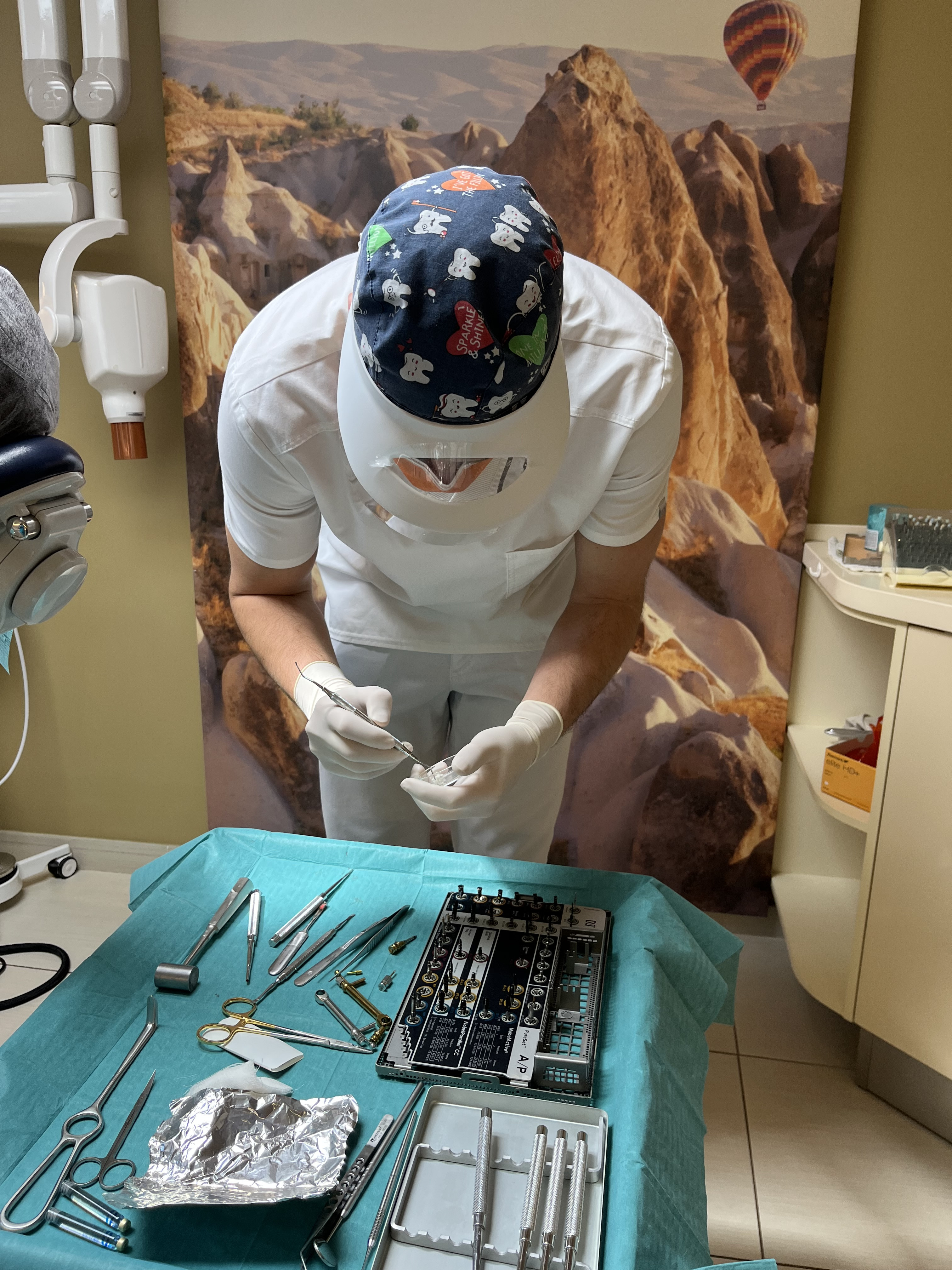Bone Augmentation and Sinus Elevation in Dentoalveolar Implant Surgery
06/06/2025 | Dr. József Németh and Dr. Botond Bukovszky
One of the fundamental prerequisites for successful dentoalveolar implant surgery is the presence of sufficient quantity and quality of alveolar bone. The long-term success of dental implants is only possible if adequate bone surrounds the implant.
Introduction
When natural bone availability is insufficient, bone augmentation may be necessary.
The aim of this article is to review the most commonly used bone augmentation techniques, with a particular focus on sinus elevation (sinus lift), its indications, methodologies, and postoperative management.
Indications and Techniques of Bone Augmentation
The primary objective of bone grafting procedures is to restore bone volume in areas where resorption or anatomical limitations prevent implant placement.
Augmentation can be performed using autogenous, allogenic, xenogenic, or synthetic bone graft materials, depending on the patient's anatomical situation and the specific technique selected. Bone grafting may occur simultaneously with implant placement (single-stage approach) or in a separate procedure followed by a healing period of typically 4–6 months (two-stage approach).
The most frequent indication for bone augmentation arises in the posterior maxilla, where the proximity of the maxillary sinus and post-extraction bone resorption often result in insufficient vertical bone height. In such cases, sinus elevation is the treatment of choice.

Sinus Elevation
Sinus elevation aims to increase the vertical dimension of bone by lifting the floor of the maxillary sinus. This can be accomplished using either the lateral (open) or crestal (closed) approach.
Lateral (Open) Sinus Elevation
In the lateral sinus lift technique, a window is created in the buccal wall of the maxilla, allowing access to and elevation of the Schneiderian membrane.
Bone graft material—typically xenograft or allograft—is then inserted into the created space, and a resorbable collagen membrane may be used for coverage.
This technique is indicated when the residual bone height is less than 4 mm. Implant placement may be performed simultaneously or delayed, depending on the available bone and the ability to achieve primary stability.
Radiographic evaluation using CBCT or panoramic imaging is recommended approximately 6 months postoperatively to assess new bone formation and plan implant placement.
Crestal (Closed) Sinus Elevation
In the crestal or closed technique, the graft material is introduced through the osteotomy prepared for implant placement. The Schneiderian membrane is elevated using osteotomes or hydraulic methods.
This minimally invasive technique is indicated when a minor increase in bone height is needed, typically when the residual bone height is ≥6–8 mm.
Advantages include shorter healing time, reduced surgical trauma, and the ability to place the implant concurrently with the graft.
Surgical Conditions and Postoperative Care
These procedures are performed under local anesthesia in an outpatient setting and are generally painless. Postoperative swelling, facial discomfort, or bruising may occur, but serious complications are rare.
Postoperative recommendations include:
-
Antibiotic therapy: to prevent infection and ensure optimal healing.
-
Pain management: with NSAIDs or other analgesics as needed.
-
Avoidance of physical exertion: particularly within the first few days.
-
Enhanced oral hygiene: to support healing and reduce infection risk.
-
Suture removal: typically performed 7–10 days after surgery.
-
Avoidance of nose blowing and sneezing: to protect the sinus membrane.
Conclusion
Bone augmentation procedures—particularly sinus elevation—are essential components of modern implantology, especially in the posterior maxilla where natural bone supply is often inadequate.
The choice of technique depends on the available bone volume, the patient’s general health, and the overall treatment plan.
Advances in augmentation materials and surgical protocols enable predictable outcomes and long-term success, even in anatomically challenging cases.
At Nádor Dental Clinic, all dental procedures – including implant placement – are available under conscious sedation for patients with dental anxiety or a strong gag reflex.
To book an appointment, feel free to call us:
Or write to us at: